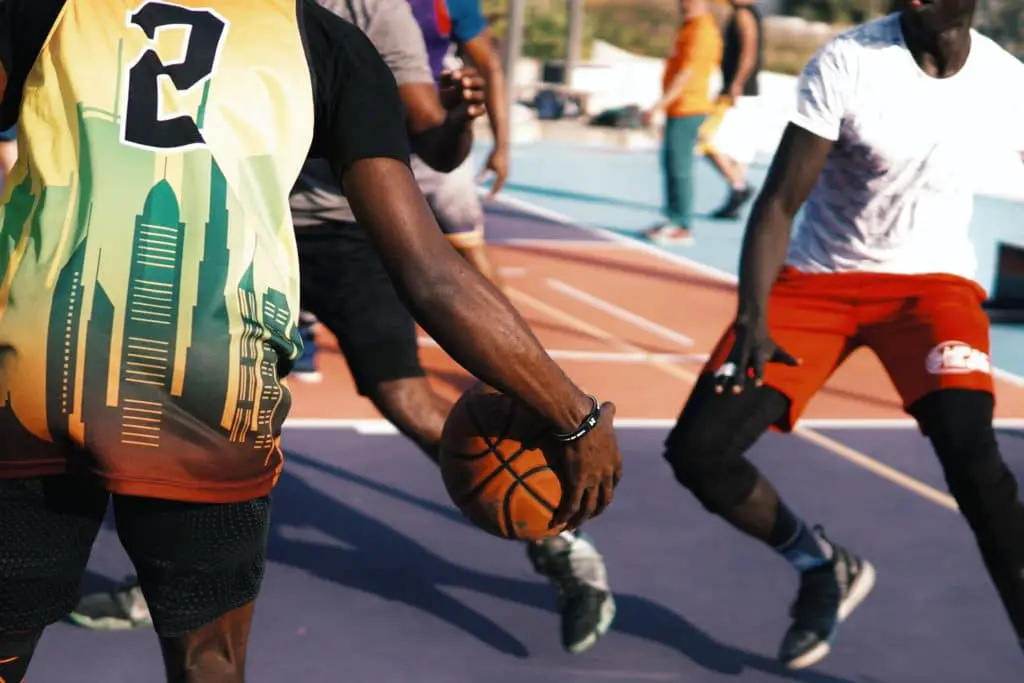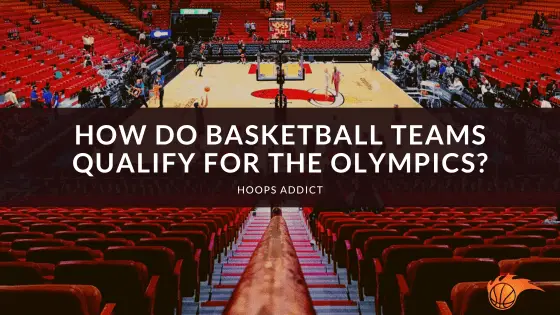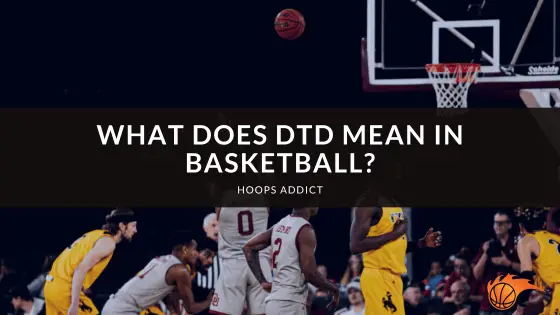Unfortunately, many people do not know the rules of traveling in basketball. Would you like to know what are examples of traveling in basketball? We are often caught in debates about a play we have seen or a play that we did, and someone called a travel, and another person disagrees.
Traveling is the most controversial call in basketball, it is very important for us to understand the call so that we do not disrupt the game or do not make false accusations when we watch basketball. We would like you to understand the rules of traveling in basketball so that whenever a call is made, or you are going to make a call, you understand it and know whether it is the right one or not. We are going to review traveling in detail today.
 What are the Rules of Traveling in Basketball?
What are the Rules of Traveling in Basketball?
They’re different governing bodies in basketball such as the NBA, WNBA, NCAA, NFSH, and FIBA. Some rules of the game will differ from body to body. Fiba recently changed its travel ruling, so FIBA and the NBA are pretty much the same.
Before we look at traveling rules, lets first get the definition of traveling clear. Traveling is the illegal movement of the pivot foot after gathering the ball. Your pivot foot it the last foot that is moved after you have gathered a live ball on the basketball court. Now, here are the basic traveling rules.
1. A travel should be called if you start your dribble after lifting your pivot foot.
2. To pass or shoot for a field goal, the player may jump off a pivot foot, but neither foot may be returned to the floor before the ball is released from the hand(s).
3. A player who catches the ball while he is progressing or upon completion of a dribble may take two steps in coming to a stop, passing or shooting the ball
4. If the player who comes to a stop on his first step has both feet on the floor or they touch the floor simultaneously, he may pivot using either foot as his pivot foot. If he then jumps with both feet, no foot may return to the floor before the ball is released from the hand(s).
5 If a player jumps off one foot on the first step, he may land with both feet simultaneously for the second step. In this situation, the player may not pivot with either foot. If one foot or both feet then leave the floor, no foot may return to the floor before the ball is released from the hand(s).
6. A player may not touch the floor consecutively with the same foot or both feet after ending his dribble or gaining control of the ball.
7. It is legal when a player falls and slides on the floor while holding the ball or, while lying or sitting on the floor, gains control of the ball. It is a violation if the player then rolls or attempts to stand up while holding the ball.
 Common Examples of Traveling Violations in Basketball
Common Examples of Traveling Violations in Basketball
Someone moves in the basketball can be done incorrectly and result in a travel. We are going to look at some great basketball moves that can be done with the ball and how they will result in examples of traveling in the NBA if they are done incorrectly.
Euro Step
The euro-step is a basketball move that is quite useful to help offensive players get by defenders in the paint. The euro step was first brought to the NBA by Sarunas Marciulionis. However, it was perfected and popularized in the 2000s by the San Antonio Spurs guard Manu Ginobili. Manu played in the Italian League before he entered the NBA.
The euro step is done by taking the two steps after your gather in two different directions. Taking your allowed steps in two different directions serves as a diversionary tactic that will either send your defender the wrong way or leave them rooted to the spot while you make your way to the rim for a finish.
The euro step can result in a travel if the player takes three steps instead of two after Gathering the ball.
Here is an example of a player committing a traveling violation while attempting to perform a Euro Step.
Gather Step
The Gather step in basketball is the step that is being taken a while the ball is gathered. Before the rule changes a few years ago, if you did a gather step and then take two steps afterward, it would have been called a travel. In today’s basketball game, the gather step is now a legal step that allows what seems to be three steps after the ball is stopped.
The Gather step now allows players to be more creative on their approach to the rim as they are now in more control as the rule provides for two additional steps to be taken after the gather step is performed. Remember, the gather step is the step that is being taken while the ball is gathered. It is not the first step taken after the ball is gathered.
Some players make this mistake and take three steps after the gather step as they think that their gather step is taken after picking up the ball.
Step back shot
The step-back shot is very lethal if it can be perfected. In today’s basketball game, players are getting faster, stronger, and more agile on the defensive end of the floor. Because of this, the need to create space for a shot is becoming more and more critical.
The step-back shot is used by many players in today’s game to get enough space to get a clear look at the rim. To perform a step back, a player must first attack the defender with a hard dribble and a hard step that gets the defender committed to going in a particular direction.
After the defender is committed to a specific direction, the ball handler should press as hard as they can with the first step to push themselves backward to land on their next foot. After landing on the next foot backwards, the player should then square up and take a controlled shot.
The fact that they sent their defender in the opposite direction while stepping backward, should create anywhere between 7 to 10 feet of space for an open shot. Players often travel while attempting to do a step back because they either gather the ball on their first step forward and then take three steps back, or they step back twice instead of once and take four steps instead of two.
Here is an example of a step-back failed attempt that resulted in a travel.
Late Dribble
Dribbling is a fundamental part of basketball. To move with the ball from point A to point B, a player must dribble. To perform a dribble after receiving the ball in a stationary position, a player must dribble the ball before moving their pivot foot.
That means you are allowed to take one step in any direction before performing a dribble. However, the ball must leave your hand before the pivot foot is moved. In some situations, a player will move their pivot foot before performing a dribble, resulting in a travel violation.
Spin move
The spin move is not the most common in basketball. However, it is one of the most efficient moves that is used to put a defender on your back and allow you to finish at the rim uncontested. To perform a spin move correctly, a player dribbles in one direction and then gathers the ball and spin in the next direction while leaving their defender stationary or going the wrong way.
Spin moves are often utilized by bigger players to elude other big players while playing in the post or attacking the post from the perimeter. While performing the spin move a player should gather the ball and then take two steps in a semi-circular direction to complete the spin. The step that is taken while the ball is being gathered is the gather step.
The spin move can be done incorrectly and result in a travel if the player needs an additional step to complete the spin.
Catching the ball while running before a dribble
While running, a player is allowed to catch the ball on their gather step and then take an additional step before they dribble the ball. This allows the player a lot of control before they make their dribble. Some players utilize this extra step to jab step defenders on the move or leap forward into a more advanced position. Unfortunately, some players take an additional step with the ball, which is a clear travel violation called 90% of the time.
Up and Under
The up and under move is a common move used to elude shot blockers or players defending the rim. The up and under is a combination that consists of the shot fake and a step-through. Lots of smaller players utilize this move as it gets the defenders of balance or out of position, and then the small player is allowed to take an uncontested shot at the rim.
The up and under move does require some amount of good footwork, so players need to practice it before attempting it in games. To perform an up and under, a player would do a shot fake from a stationary position. The aim of the shot fake is to get the defender in the air or off-balanced with their hands up.
After the defender jumps at the shot fake, the ball handler would step by the defender under their arms with a step-through. After the step-through is completed, the player will then attempt an uncontested layup at the rim. Here is where it gets tricky. To perform a step-through correctly, the last foot to move will automatically become your pivot foot.
The pivot foot can be lifted off the floor if a player is going to pass or shoot but cannot be put down after. To avoid the travel violation, a player needs to make sure they do not land their pivot before releasing the ball.
Here’s a video that explains how this works and how to avoid a travel while performing the up and under
Playing after a fall
One of the most misunderstood travels that are called in basketball are travels that are called while a player is on the floor. A player is allowed to continue to play if they have the ball while they are on the floor, whether they had it before they fell or if they caught the ball after they fell.
Players are allowed to sit and pass the ball or lie on the floor and pass the ball to a teammate without the travel being called. Players are even allowed to slide with the ball while on the floor. What players are not allowed to do is a roll with the ball or attempt to stand up after they have fallen to the floor with the ball.
If a player attempts to roll with the ball or attempts to stand up with the ball after they have fallen to the floor, this will result in a travel violation.
Jab Step
The jab step AKA side step is another offensive move that is used to send defenders the wrong way. The jab step is usually performed from a stationary position before the offensive player dribbles the ball. The jab step is quite useful to create space for an open shot or a dribble into the lane.
To perform a jab step, the ball handler would take a convincing step in a particular direction to test the defender’s response or lack thereof. After a jab step is performed, a player should dribble the ball before moving their pivot foot. Some players make the mistake of moving their pivot foot before taking a dribble. When this is done, a travel violation should be called.
Wrapping Things Up: Examples of Traveling in Basketball
Traveling is one of the calls in basketball that is most debated. Many players do not take the time to check the rules, so there will always be confusion. The pivot foot is one of the most important things to know when debating travels.
A travel occurs when players move their pivots before dribbling or move their pivot and then do not shoot or pass. A travel also occurs if a player takes more than two steps after their gather step. Until next time ballers, stay in the know.
Did you find this post helpful? Then you may also like our other basketball FAQ articles here.
> What are the Basic Rules of Basketball?
> What is a Carry in Basketball?

 What are the Rules of Traveling in Basketball?
What are the Rules of Traveling in Basketball? Common Examples of Traveling Violations in Basketball
Common Examples of Traveling Violations in Basketball


